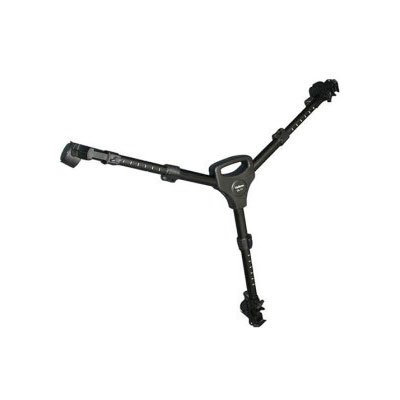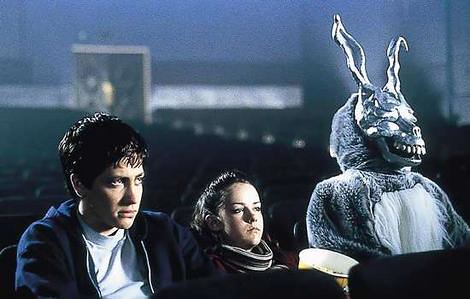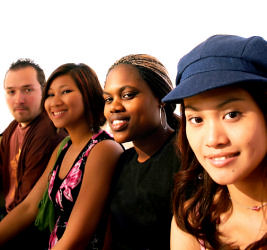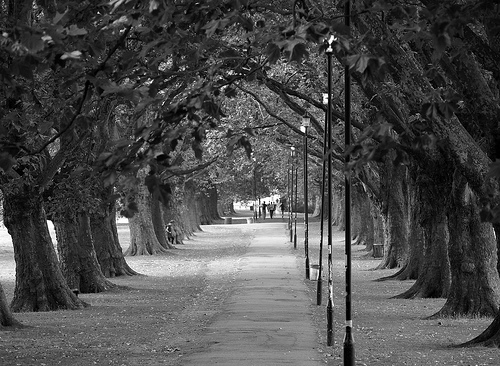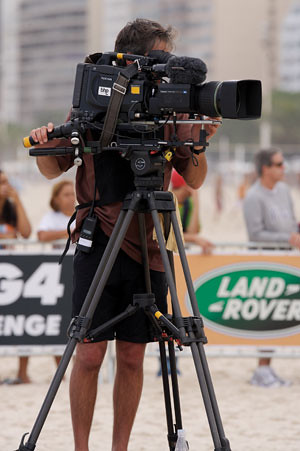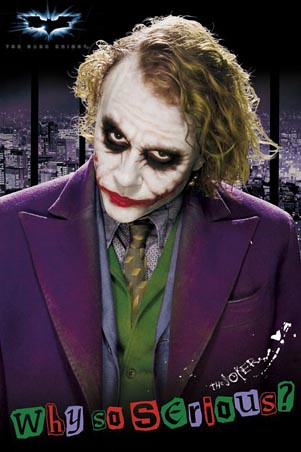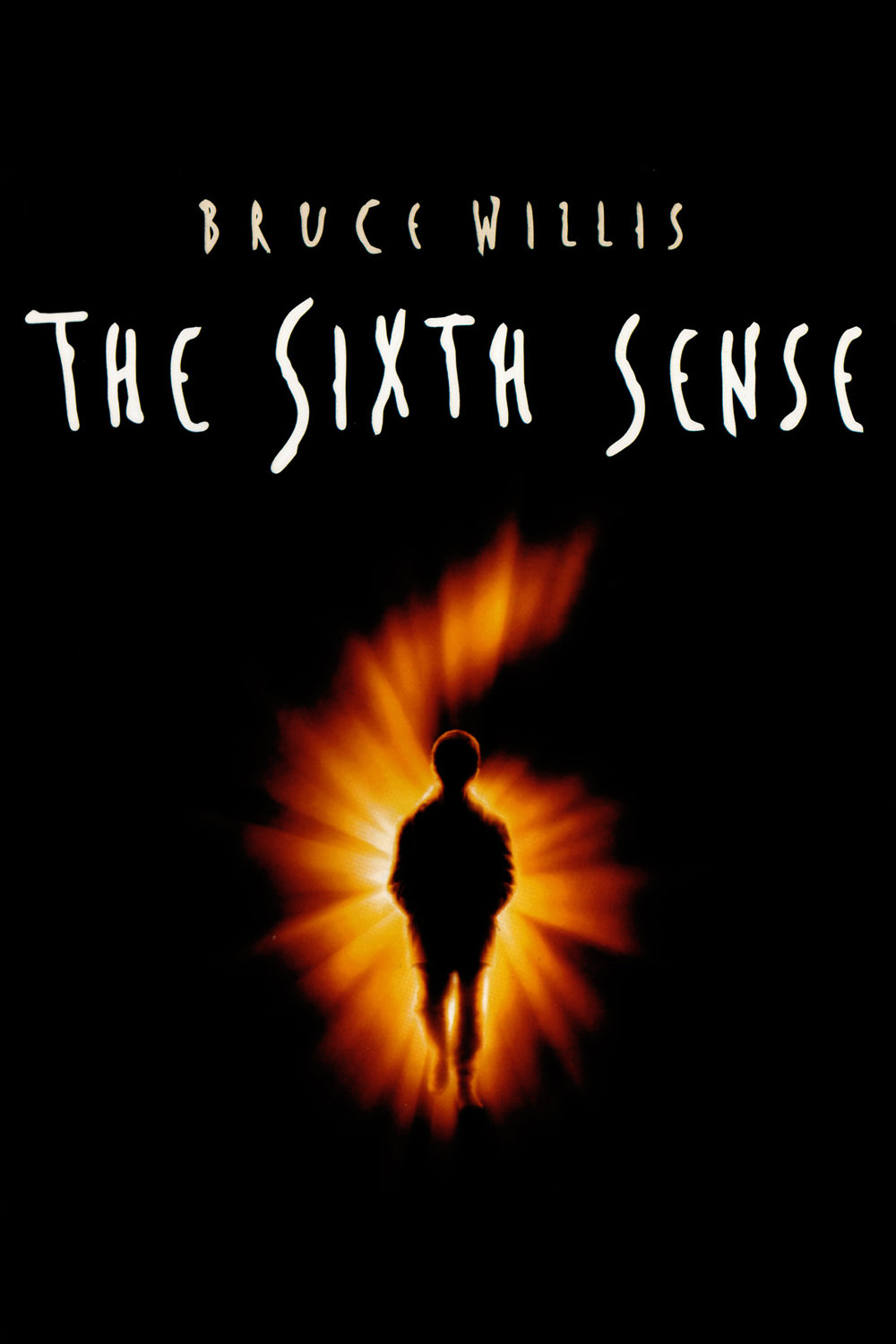Date & Time:
We will be filming on Tuesday February 8th between 15:30 and 18:10 (according to
our schedule). Our group will go to our usual media lesson on that Tuesday afternoon and pick up the necessarily equipment (dolly, tripod and camera), before we leave at 14:50 to get to our location. Once filming is completed, George will take the equipment home that evening and return it to the media department the next morning at 9:00, as he has lessons that morning and the other members of the group do not.
Location:
We have decided to film our project at Jesus Green, which is near the other park Midsummer Common. This is the best location to suit our genre and will give an intense and authentic feel to our thriller. The appearance of this location is ideal as it open, isolated and with large 'haunting-like' trees that will add to the atmosphere we are aiming to create. It is also important that we use this location as it does have a bench available, this is an important part of the narrative, as the kidnapper will need these to sit on before he disappears. The time period that we have schedule to film at will offer slightly duller lighting to suit the two scenes. We expect the sunset period to begin at roughly 17:00 (according to the source
here), this will give us an intense period of dust lighting that could across very affective in our final result. As well as this, the location is easily accessible with the Drummer Street bus station a few minutes walk away and buses running frequently through this area of Cambridge. However, we must remember to keep health and safety concern in mind when we are filming, we must stay out the way of cyclists and will need to be aware of the general public around us.
Below is a video of the location, taken this week so that we are aware of the location.
Lighting:
The lighting as originally an issue for us, although we have no considered the time and location which has resolved this issue. As I earlier said we will be filming at around 15:30 until 18:10, we will therefore have two periods of different light that will individually suit the two different scenes. The first scene we will shoot, scene 2, is the lighter scene and shows the students as a group walking through the park. The second part that we will shoot is the more intense scene, which is infact seen first by the audience. The lighting at this time will be more suited to mood we are attempting to convey.
Actors:
The roles are as follows: Charlie Peacock will play the kidnapper, his voiceover will be recorded and added in the editing stage. Jack Lewis will play student 1, the main character who is seen at the start of the sequence. George Adamson will play student 2 who is seen alongside student 1 in the second scene as there friend has disappeared. Sam Payne will play student 3, a small part, we see him in the beginning of scene two before he mysteriously disappears. Jack Lewis and George Adamson will be having a conversation in scene two, we have already planned the script for all the characters.
Film Crew:
The filming process will be co-ordinated through the group. During scene 1, we only have one character on-screen therefore all other members will assist in the creative process of filming. Although, scene 2 will begin to be filmed by Charlie Peacock as he isn't on-screen at first. Then as student 3, Sam Payne, disappears he will take over the main role of filming. However, filming will be shared and co-ordinated through the group to get the best results.
Props:
Costume is incredibly important for the day, the student must remain in casual clothing, maybe some hints at their personalities through glasses etc. The kidnapper, Charlie Peacock, as the most extensive costume. He will require dark clothing, a big jacket that covers most of him and maybe a hat to hide his face. The shotlist, and storyboards will be brought in by Sam Payne, and the equipment will be picked up by the group from college.
Back-up plan:
It is crucial that we have a back-up plan because we are filming outside and the weather is unpredictable. If it is too bad on that day we will simply postpone the shoot, and schedule it for another day. There is no other suitable location which would give a similar affective, and so we would have no other option but to do this.
The voiceover and any other specific sounds will be added during the editing process.



